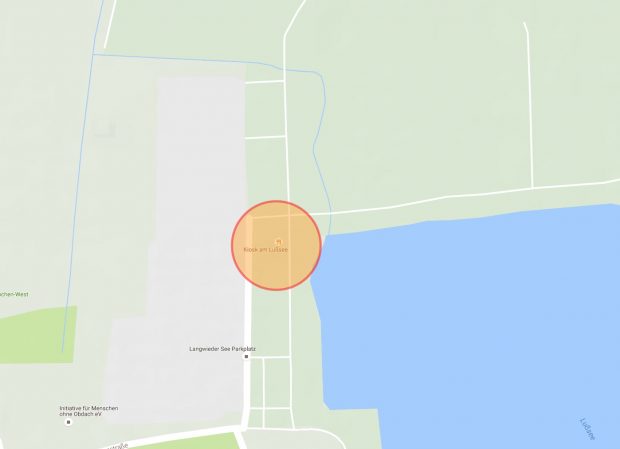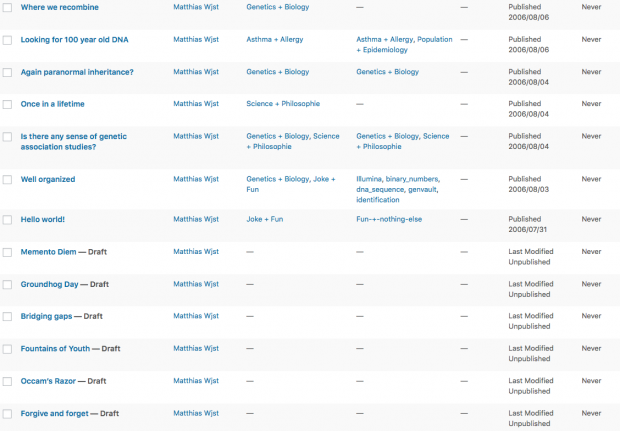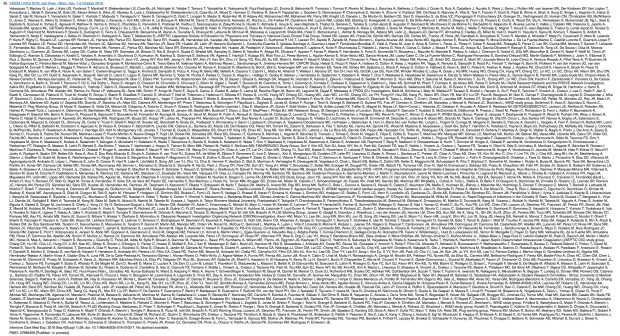Even with thousands of studies, one of the most basic questions in vitamin D research is being unanswered. Low serum 25(OH)D3 – is it reverse causation or a true risk factor? As plasma 25(OH)D3 can be easily determined, it became the standard measurement for vitamin D supply. Unfortunately numerous other factors – season, genetics, sex, age, race – all influence serum 25(OH)D3 levels.
Then in 2011 David Reid et al. published a paper of 25(OH)D3 following up changes during acute inflammatory response after knee surgery. In essence, plasma concentrations of 25(OH)D decreased after an inflammatory insult and are not a reliable measure of 25(OH)D status in subjects with a significant systemic inflammatory response. This observation is being confirmed in the meantime by 2 further studies (Barker 2012 and Waldron 2013). I think this is a clear result now.
I have never been convinced that Mendelian randomization will help here at all – as done in earlier studies. These are clearly situations where Mendelian randomization does not work as shown by Smith and Ebrahim back in 2004
—failure to establish reliable genotype (seldom)
—intermediate phenotype genotype—disease associations (frequent)
—confounding of genotype—intermediate phenotype—disease associations (unclear)
—horizontal pleiotropy and multi-functional genes (frequent)
—canalization and developmental compensation (unclear, but expected to be frequent)
—Lack of suitable polymorphisms for studying modifiable exposures of interest (no more a problem)
So, 25(OH)D3 is more an acute phase indicator where low levels in inflammatory diseases is effect not a cause but an effect. A recent review concludes therefore
Reversed causality is described as a possible factor interfering with the correct assessment of the Vit D status. It is concluded that further widespread fortification of foods and stimulation of supplement use should be reconsidered.
It is, however, unclear if low 25(OH)D levels is due to an increased demand (as the vitamin D lobby argues), a shift in free/bioavailable metabolite by hemodilution, binding protein capacity (what I am expecting) or just some unknown further factors.
CC-BY-NC Science Surf
accessed 24.11.2025
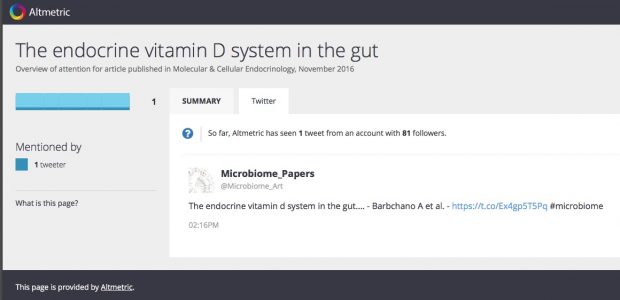
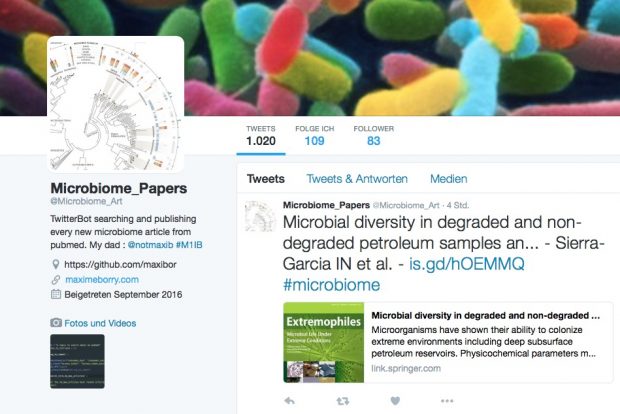
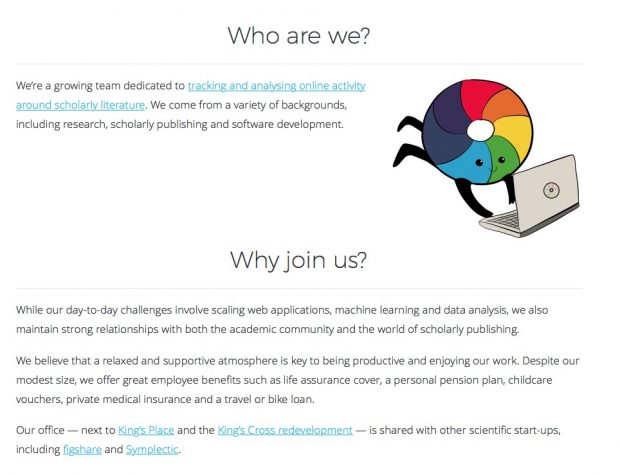
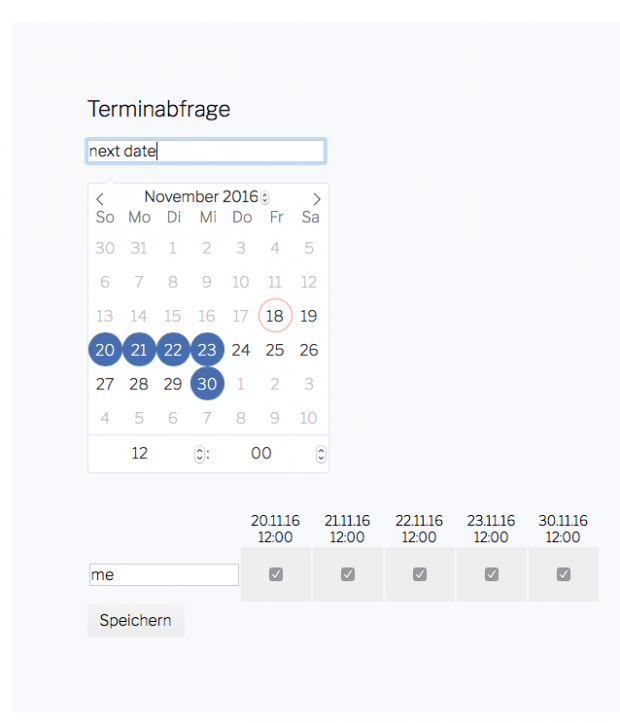
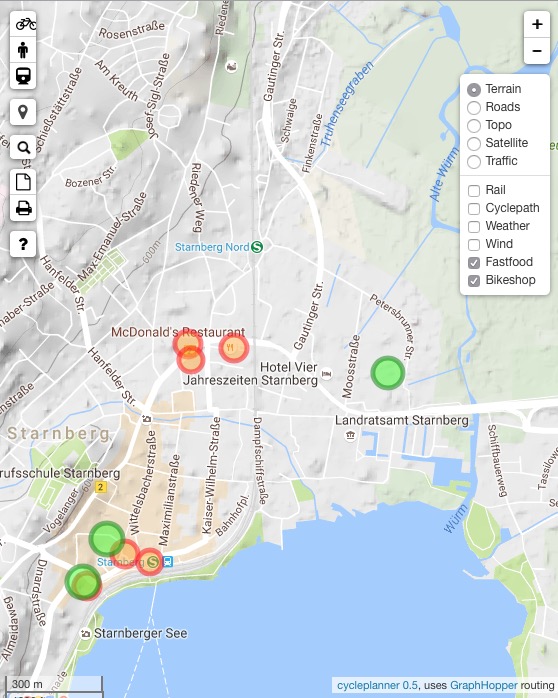 Openstreetmap items work great with the
Openstreetmap items work great with the